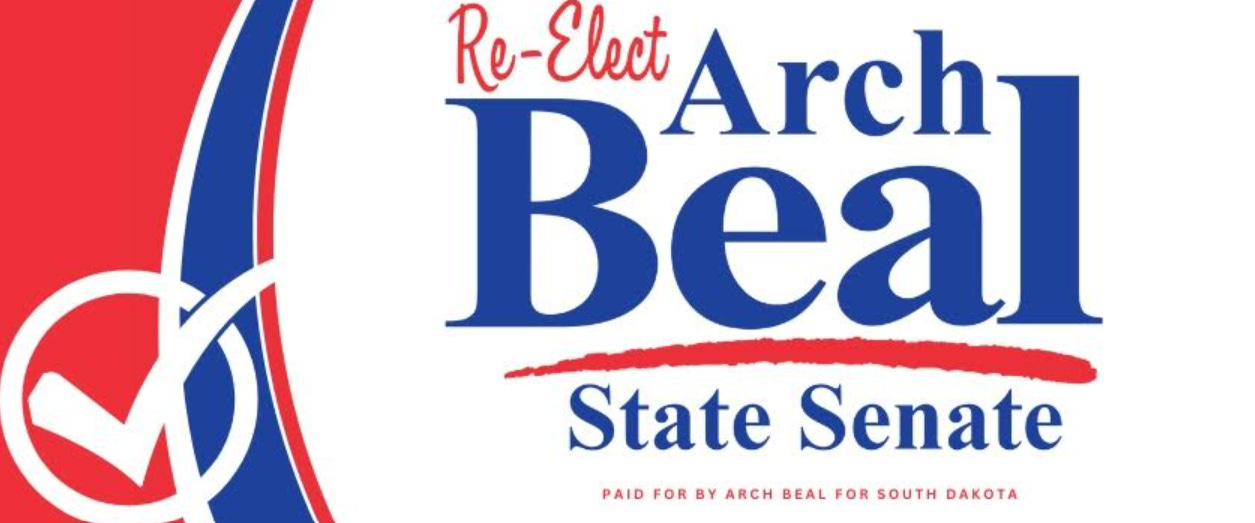National Weather Service gives ‘wind chill’ the cold shoulder
Get ready to hear new weather term
For anyone who has spent a winter in northeastern South Dakota, the term “Wind Chill Warning” has become all too familiar.
Beginning Oct. 1, however, the National Weather Service (NWS) has changed the lingo when it comes to cold weather announcements, dumping the term “wind chill.”
A “Wind Chill Watch” will now be called an “Extreme Cold Watch,” and a “Wind Chill Warning” is now an “Extreme Cold Warning.” They will be issued when dangerously cold air, with or without wind, is in the forecast.
NEWS: Sioux Falls lawmaker gets Young Woman of Achievement Award
National Weather Service meteorologist Rene Wise, based in Aberdeen, told the Watertown Current that the change has been in the works for a while.
“The primary reason for the change is that, sometimes we can have our coldest mornings when we have no wind.” Wise said. “The old criteria was that you had to have at least 5 mph of winds to issue a wind chill advisory or warning.”
The NWS made the changes hoping to clarifying that frigidly cold temperatures can be dangerous with or without wind, addressing a common misconception that extreme cold is only tied to colder temperatures when there is wind. The term “wind chill’ temperature was also replaced by “feels-like” temperature in recent years by the NWS.
The temperatures at which those advisories are issued will also change. Previously, the same criteria was used for all of Northeastern South Dakota, but now each county will have its own criteria.
In the past in Codington County, advisories were issued when the temperature hit minus-25 degrees and warnings were issued when temperatures hit minus-35 degrees.
Moving forward, Extreme Cold Watches will be issued at minus-30 degrees and Extreme Cold Warnings at minus-40 degrees.
If you believe the Old Farmer’s Almanac, there should be fewer cold weather warnings than usual this year. The Almanac, which began in 1792, making it the oldest continuously published periodical in North America, is predicting a mild winter for the upper midwest, including northeast South Dakota. It says temperatures will be warmer than normal and snowfall totals less than normal.
NEWS: Nine tribal nations invited to follow-up meeting with DOJ to address plague of crime




















This makes sense. I’m glad I saw this though or else I would’ve been really confused about why the term wind chill went away.